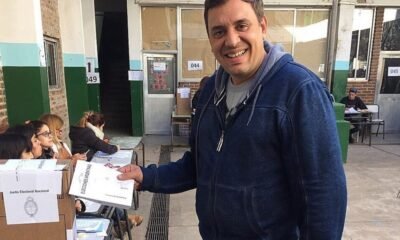INTERNACIONAL
Israel’s navy hits Houthis in Yemen in ‘unique’ strike after Trump promises end to US ops
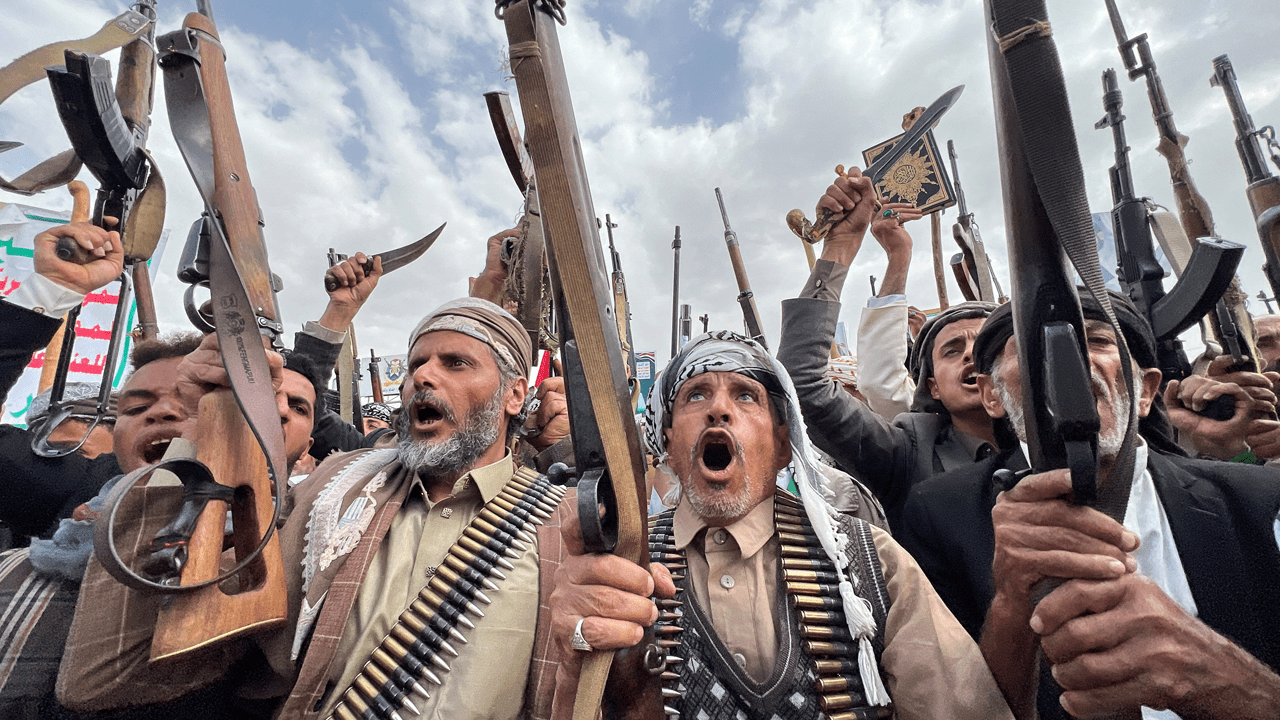
NEWYou can now listen to Fox News articles!
The Israeli navy on Tuesday issued an unprecedented strike against the Houthi terrorist network in Yemen, an Israel Defense Forces (IDF) official confirmed to Fox News.
The long-range precision strikes were issued from a Sa’ar 6 vessel, which hit the port of Hudaydah «to stop the use of the port for military purposes.»
There was no immediate reporting on any casualties from the strikes, though the official described it as «a unique long-range strike conducted from hundreds of kilometers away.»
HAMAS WORKING TO ‘SABOTAGE’ TRUMP-BACKED AID GROUP WITH ‘FAKE NEWS’: ISRAELI OFFICIAL
A handout picture obtained from Yemen’s Huthi Ansarullah Media Center shows a huge column of fire erupting following reported strikes in the Yemeni rebel-held port city of Hodeida on July 20, 2024.
«The Israeli Navy has been preparing for the operation for an extended period of time, and it is safe to say that it was a successful one,» the official said.
The latest strike comes just one month after Israel launched a significant attack against the major port and first hit the nearby Sana’a International Airport.
President Donald Trump then said the U.S. would stop its military strikes against the Iran-backed terrorist group.
However, the Houthis remain a threat to Israel and, on Thursday, the IDF intercepted a Houthi missile above Jerusalem, which was just the latest attempt to strike the Jewish nation in retaliation for its military operations in the Gaza Strip.
TRUMP HALTS MILITARY STRIKES ON HOUTHIS BUT EXPERT WARNS IRAN-BACKED TERRORIST GROUP REMAINS MAJOR THREAT
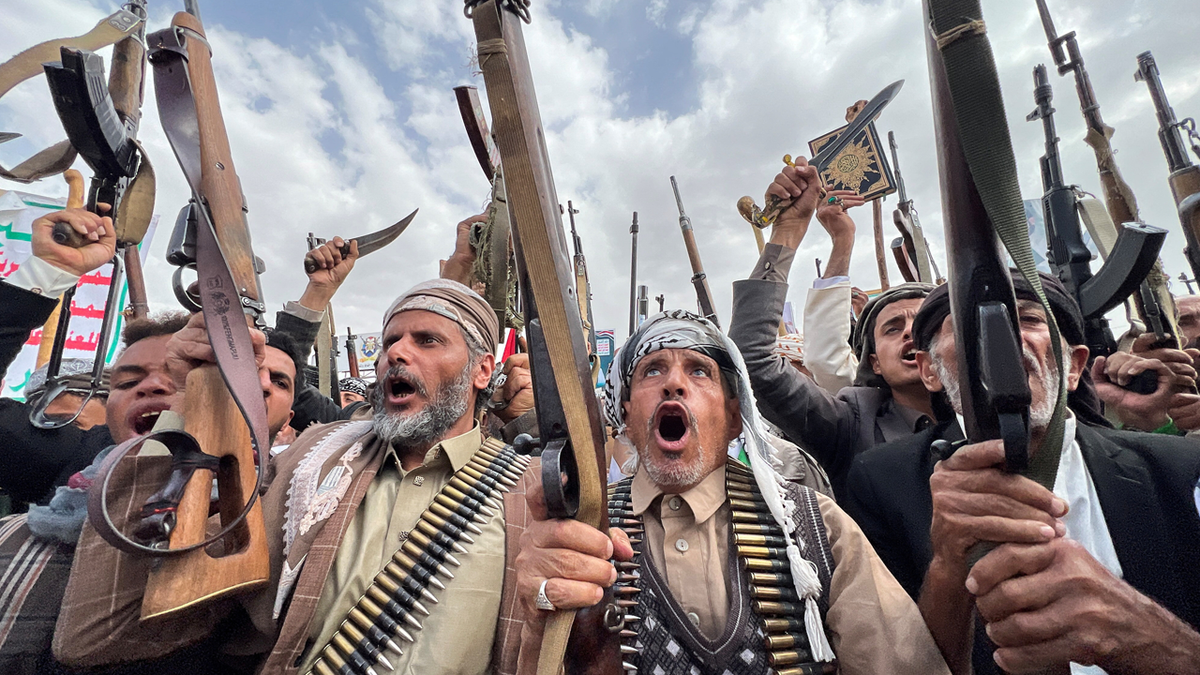
Houthi supporters to show solidarity with Palestinians in the Gaza Strip, in Sanaa, Yemen, May 30, 2025. (Reuters/Adel Al Khader)
U.S. Army Gen. Michael Kurilla told lawmakers in the House Armed Services Committee on Tuesday that Iran is the number one reason the Houthis remain a threat, adding the terrorist network «would die on the vine without Iranian support.»
The deputy head of the Houthis’ media office, Nasruddin Amer, took to X to claim that the attack had little impact.
«No significant impact on our operations in support of Gaza, nor on preparations for escalation and expansion of operations deep inside the Zionist enemy entity,» he wrote. «It has no impact even on the morale of our people who take to the streets weekly by the millions in support of Gaza.»
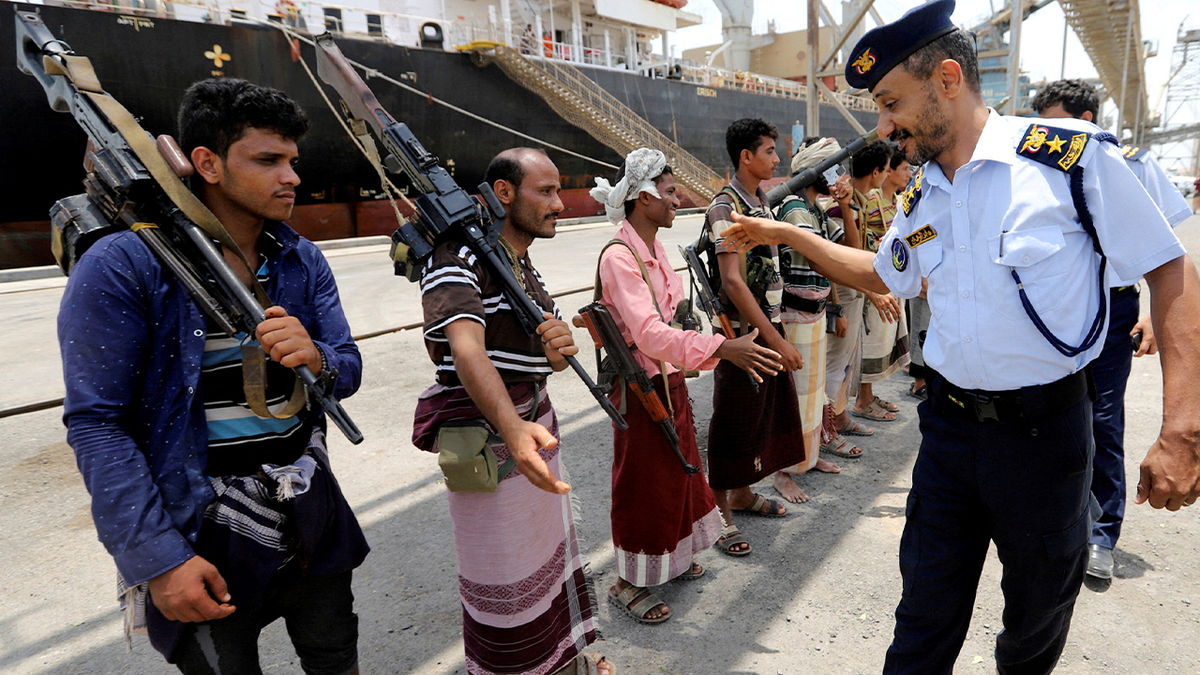
Yemeni coast guard officer shakes hands with members of the Houthi movement during withdrawal from Saleef port in Hodeidah province, Yemen, May 11, 2019. (Reuters/Abduljabbar Zeyad/File Photo)
CLICK HERE TO GET THE FOX NEWS APP
«Gaza is not alone and will not be alone, and escalation and expansion of operations are coming,» he threatened.
The IDF has threatened to enforce a naval and air blockade over the Houthis, which control the second-largest port in the country, if the attacks continue on Israel.
INTERNACIONAL
Camiones de ayuda humanitaria comenzaron a entrar a Gaza tras el anuncio de una “pausa táctica” de Israel

Los primeros camiones cargados con ayuda humanitaria comenzaron a ingresar a la Franja de Gaza desde Egipto el domingo, coincidiendo con el anuncio israelí de una “pausa táctica” en sus operaciones militares en partes del territorio devastado para permitir las entregas de asistencia.
Los medios estatales egipcios confirmaron el movimiento de convoyes, compartiendo imágenes de camiones en la zona fronteriza. Las imágenes de AFP mostraron grandes camiones cargados con sacos blancos atravesando el lado egipcio del paso de Rafah.
Algunos camiones exhibían el logo de la Media Luna Roja Egipcia, mientras que otros portaban la bandera de Emiratos Árabes Unidos, con letreros que decían: “Emiratos Árabes Unidos – Ayuda Humanitaria para Gaza – Proyectos de Apoyo de Agua en Gaza”.
Sin embargo, los camiones que cruzan la frontera de Rafah no pueden ingresar directamente a Gaza, ya que el lado palestino del cruce fue tomado por el ejército israelí el año pasado y ha resultado gravemente dañado. En su lugar, deben desviarse algunos kilómetros hacia el cercano cruce de Kerem Shalom (Karam Abu Salem), que está controlado por Israel. Allí son inspeccionados antes de ser autorizados a entrar al sur de Gaza.
El ejército israelí anunció el domingo que la pausa diaria en el enclave, que se extenderá de 10:00 a.m. a 8:00 p.m., se aplicará únicamente a áreas específicas, incluyendo Al-Mawasi, Deir el-Balah y partes de la Ciudad de Gaza, donde las tropas israelíes no están operando actualmente.
El comunicado militar agregó que se habían abierto rutas seguras a través del enclave para facilitar los convoyes de las Naciones Unidas y otras organizaciones de ayuda. Estas rutas operarán “de las 06:00 a las 23:00 (03:00 a 20:00 GMT) para permitir el paso con toda seguridad de las caravanas de la ONU y de las organizaciones de ayuda humanitaria que entregan y distribuyen alimentos y medicamentos a la población”.
La medida surge en medio de una creciente presión internacional sobre la crisis de hambre que se agrava en Gaza. Israel comenzó a lanzar alimentos desde el aire hacia el territorio, siguiendo anuncios similares de los Emiratos Árabes Unidos y el Reino Unido.
El ejército israelí difundió imágenes del lanzamiento en paracaídas de “siete lotes de ayuda que contienen harina, azúcar y conservas” sobre el enclave, realizado “en coordinación con organizaciones internacionales y dirigido por el Cogat”, un organismo del Ministerio de Defensa israelí responsable de los asuntos civiles en los Territorios Palestinos.
Sin embargo, los funcionarios humanitarios se mantienen escépticos sobre la efectividad de estas medidas. El jefe de la agencia de la ONU para los refugiados palestinos (UNRWA), Philippe Lazzarini, advirtió que los lanzamientos aéreos eran “costosos, ineficaces y pueden inclusive matar a civiles hambrientos”.
Israel insiste en que no está restringiendo la ayuda y afirma que algunas agencias de la ONU no están distribuyendo los suministros que ya se encuentran dentro de Gaza. Pero las organizaciones de auxilio acusan al ejército de limitar el acceso y crear condiciones peligrosas cerca de los centros de distribución.
La situación humanitaria se ha deteriorado gravemente en los últimos días. Más de 100 organizaciones no gubernamentales advirtieron esta semana que el “hambre masiva” se extiende por la Franja de Gaza, donde viven más de dos millones de personas.
El sábado, la agencia de defensa civil de Gaza informó que más de 50 palestinos murieron en ataques y disparos israelíes, incluyendo algunos que esperaban ayuda.
A finales de mayo, Israel levantó muy parcialmente el bloqueo total impuesto a la Franja en marzo, lo que ha llevado a graves carencias de alimentos, medicamentos y otros bienes de primera necesidad. La ONU y diferentes organizaciones no gubernamentales han denunciado un aumento de la desnutrición infantil.
El viernes, París, Berlín y Londres instaron a Israel a “levantar inmediatamente las restricciones sobre el envío de ayuda”. La ONU realizará este lunes y martes una conferencia de alto nivel en su sede de Nueva York para debatir una solución diplomática.
La guerra en Gaza fue desencadenada por un ataque del grupo terrorista palestino Hamas en Israel el 7 de octubre de 2023, que provocó la muerte de 1.219 personas del lado israelí, en su mayoría civiles. En respuesta, Israel lanzó una ofensiva que ha dejado al menos 59.733 muertos en la Franja, en su mayoría civiles, según datos del Ministerio de Salud de Hamás, considerados fiables por la ONU.
Middle East,Military Conflicts,RAFAH
INTERNACIONAL
From talk to tactics: Trump pivots on Russia strategy to end war
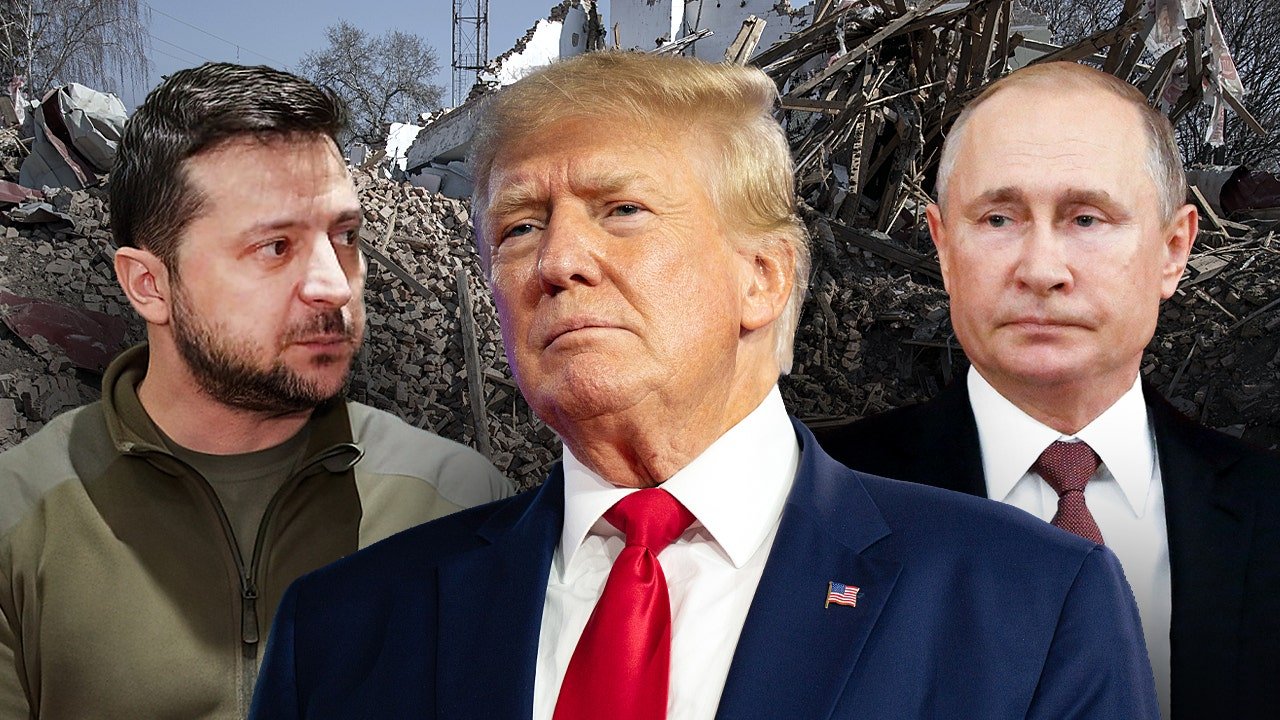
NEWYou can now listen to Fox News articles!
President Donald Trump’s approach with Russian President Vladimir Putin pivoted drastically this month when, for the first time since returning to the White House, he not only confirmed his support for Ukraine in a NATO arms agreement but issued an ultimatum to the Kremlin chief.
The warning came in a clear message: Enter into a peace deal with Ukraine or face stiff international sanctions on its top commodity, oil sales.
While the move has been championed by some, it has been questioned by others who debate whether it will be enough to deter Putin’s war ambitions in Ukraine. One security expert is arguing the plan will work, but it might take years to be effective.
President Trump speaks to Russian President Vladimir Putin during his first term. (Reuters/Jorge Silva)
NATO CHIEF PRAISES TRUMP’S WEAPONS SALES TO ALLIES AS ‘SIGNIFICANT’ MOVE THAT COULD FORCE PUTIN TO NEGOTIATE
«I think it will be effective, and he’s going to stick to that strategy. He’s going to continue to push Putin to return to the bargaining table and negotiate in good faith, not come to the bargaining table, make promises that the Russians don’t plan on keeping,» Fred Fleitz, who served as a deputy assistant to Trump and chief of staff of the National Security Council during the president’s first term, told Fox News Digital.
«That’s something Trump’s not going to tolerate,» Fleitz added. «We will see this is just the first six months of the Trump presidency. This may take a couple of years to solve.»
But Trump campaigned on ending the wars in Ukraine and Gaza, which has proven to be more complicated than he suggested from the campaign trail. And not everyone in the Republican Party has backed his approach when it comes to Europe, including a staunch Trump supporter, Rep. Marjorie Taylor Greene.
«We do not want to give or sell weapons to Ukraine or be involved in any foreign wars or continue the never-ending flow of foreign aid,» Greene said on X. «We want to solve our own problems plaguing our own people.»
Fleitz pointed to Trump’s decision to directly strike Iran and argued it reflected Trump’s ability to be nimble as a leader.
«He looked at the intelligence and realized it was getting too close, and he decided to adjust his policy, which was first diplomacy,» Fleitz said.
«But Trump also specified something very important. He said to his supporters, ‘I came up with a concept of the America-first approach to U.S. national security, and I decide what’s in it,» Fleitz added. «He has ownership of this approach, and he will adjust if necessary.»
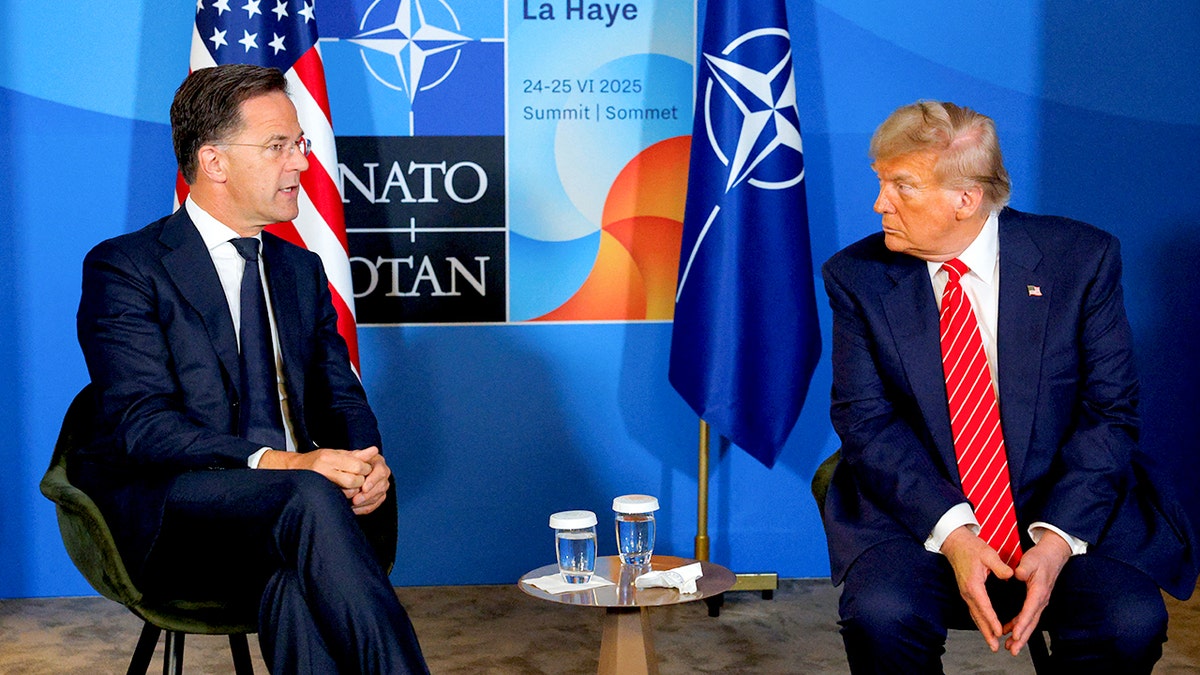
President Donald Trump meets with NATO Secretary General Mark Rutte at the NATO summit in The Hague, Netherlands, June 25, 2025. (Reuters/Brian Snyder)
TRUMP SAYS US WILL SEND PATRIOT MISSILES TO UKRAINE, ADDS THAT PUTIN ‘TALKS NICE AND THEN HE BOMBS EVERYBODY’
Though Trump had made clear from the campaign trail that he wanted to see Europe take a leading role in the war in Ukraine, last week he countered a major talking point from some within his party, including Vice President JD Vance.
Vance has argued against arming Ukraine and said in an op-ed last year, «[It] is not just a matter of dollars. Fundamentally, we lack the capacity to manufacture the amount of weapons Ukraine needs us to supply to win the war.»
Trump agreed to sell NATO nations top U.S. arms that will then be supplied to Ukraine.
«We want to defend our country. But, ultimately, having a strong Europe is a very good thing,» Trump said, sitting alongside NATO Secretary General Mark Rutte.
Security experts have largely argued that the future of Ukraine’s negotiating ability and, ultimately, the end of the war, will play out on the battlefield.
On Thursday, John Hardie, deputy director of FDD’s Russia Program, told U.S. lawmakers on the Helsinki Commission, also known as the Commission on Security and Cooperation in Europe, in a defense briefing that Ukraine needs to be supplied with long-range strike capabilities that can hit key Russian missile and drone plants.
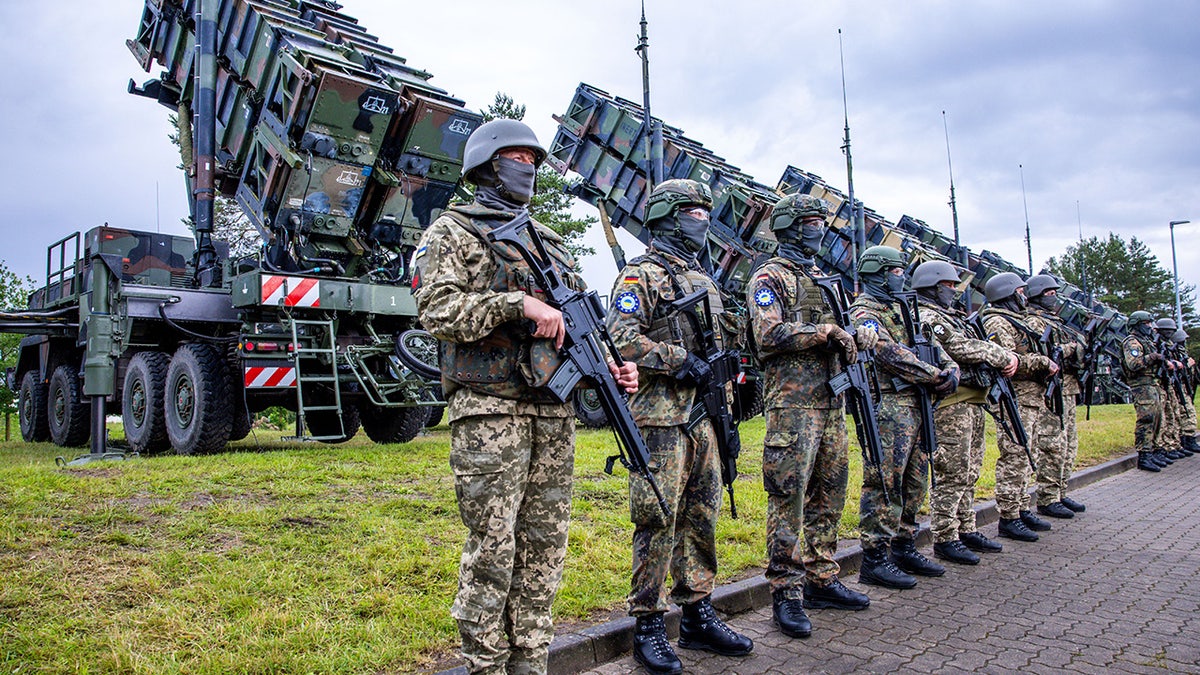
Ukrainian and German soldiers train on the Patriot air defense missile system at a military training area in Germany in June 2024. (Jens Büttner/picture alliance via Getty Images)
‘TRUMP HAS CHANGED THE GAME’: NATO ENTERS BRAVE NEW ERA UNDER PRESSURE FROM US, RUSSIA
«Ukraine shouldn’t be restricted merely to shooting down ‘arrows’,» Hardie said. «An optimal approach will combine both offense and defense. Ukraine needs to be able to hit the ‘archer’ and the factories that make the ‘arrows.’
«Putin will continue his unprovoked war so long as he believes it’s sustainable and offers a pathway to achieving his goals,» Hardie argued. «By shoring up Ukraine’s defense of its skies and enabling Ukraine to inflict growing costs on Russia’s war machine, as well as pressuring the Russian economy and exhausting Russia’s offensive potential on the ground, we may be able to change that calculus.»
But Fleitz, who serves as vice chair of the America First Policy Institute’s Center for American Security, said he believes this war will only be brought to an end when an armistice agreement is secured.
«I think there’s probably going to be an armistice where both sides will agree to suspend the fighting,» Fleitz said. «Someday, we will find a line where both nations will agree to stop fighting.»
Ultimately, he believes this will happen by Ukraine agreeing not to join NATO for a certain period of time, though with Moscow’s understanding that Kyiv will be heavily armed by Western allies.
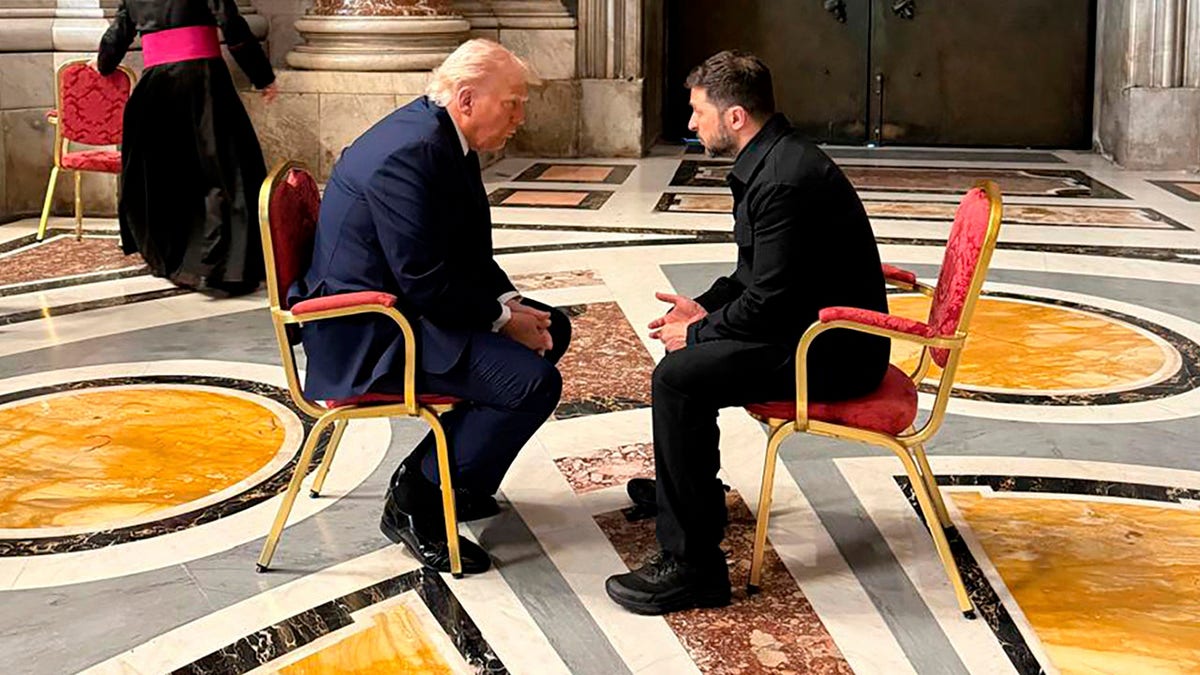
In this photo provided by the Ukrainian Presidential Press Office, Ukraine President Volodymyr Zelenskyy, right, and President Donald Trump, talk as they attend the funeral of Pope Francis in Vatican April 26, 2025. (Ukrainian Presidential Press Office via AP)
CLICK HERE TO GET THE FOX NEWS APP
«I think there’s a way to do this where Russia wouldn’t be concerned about growing Western European influence in Ukraine, and Ukraine would not be worried that Russia will invade once a ceasefire or armistice is declared,» he added. «Maybe this is a pipe dream, but I think that’s the most realistic way to stop the fighting.
«We know from history conflicts like this take time; peacemaking takes time,» Fleitz said. «I think that over time, Trump is going to have an effect on Putin.»
INTERNACIONAL
La drástica decisión de Israel en tres zonas de Gaza en medio de la crisis humanitaria
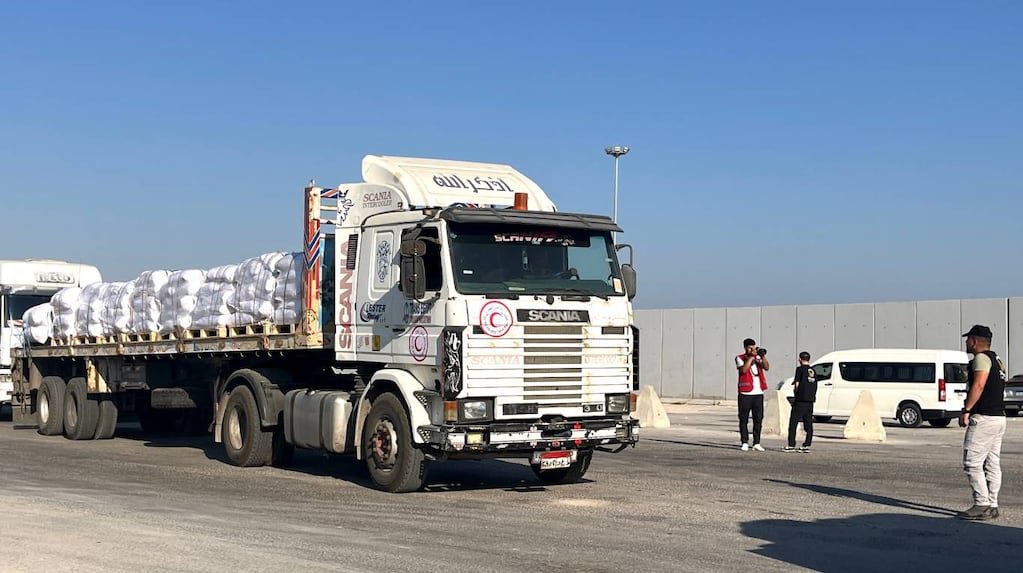
El ejército israelí anunció la suspensión de combates en tres zonas de Gaza en medio de la crisis humanitaria. Desde la fuerza comunicaron el inicio de una “pausa táctica” en los combates en tres áreas pobladas de Gaza durante diez horas al día.
Con esta medida se abrirían rutas seguras para la entrega de ayuda a los palestinos desesperados por la crisis, una serie de medidas para abordar un aumento del hambre en el territorio mientras que el gobierno de Benjamin Netanyahu enfrenta una ola de críticas internacionales por su conducta en la guerra de 21 meses.
Leé también: Emmanuel Macron anunció que Francia reconocerá a Palestina y provocó un fuerte rechazo de Israel
El ejército indicó que frenaría los combates en la Ciudad de Gaza, Deir al-Balah y Muwasi, tres áreas del territorio con grandes poblaciones, para “aumentar la escala de la ayuda humanitaria” que entra a la zona de conflicto. Desde la fuerza anunciaron además lanzamientos aéreos de asistencia en Gaza, que incluyen paquetes de ayuda con harina, azúcar y alimentos enlatados.
Los expertos en alimentos advierten desde hace meses sobre el riesgo de hambruna en Gaza, donde Israel restringió la ayuda con acusaciones a Hamas de desviar bienes para ayudar a fortalecer su gobierno, aunque sin presentar pruebas al respecto.
Las imágenes de Gaza de los últimos días de niños que padecen la crisis humanitaria aumentaron las críticas globales a Israel, incluso de aliados cercanos, que reclamaron por el fin de la guerra y la catástrofe humanitaria en la zona.
Israel aclaró que estas medidas se aplicarían al mismo tiempo que sigue su ofensiva contra Hamas en otras áreas. De hecho previo a “pausa táctica” funcionarios de salud en Gaza advirtieron que al menos 16 palestinos murieron en distintos ataques.
Por qué Israel anunció la suspensión de combates en tres zonas de Gaza en medio de la crisis humanitaria
- Previo al anuncio de suspensión de combates en tres zonas de Gaza en medio de la crisis humanitaria, Israel restringió la ayuda durante toda la guerra. La nueva medida se dispuso días después de que los esfuerzos de alto el fuego entre Israel y Hamás parecieran haber entrado en duda.
- De hecho el viernes Israel y Estados Unidos retiraron a sus equipos de negociación, con críticas a Hamas. El gobierno de Netanyahu dijo estaba considera “opciones alternativas” a las conversaciones de alto el fuego contra el grupo terrorista.
- Luego del fin del último alto el fuego en marzo Israel bloqueó completamente la entrada de alimentos, medicinas, combustible y otros suministros a Gaza durante dos meses y medio, con el argumento de presiones a Hamas para liberar a los rehenes.
- Bajo presión internacional, Israel alivió ligeramente el bloqueo en mayo. Desde entonces permitió la entrada de alrededor de 4500 camiones para que los distribuyan la Organización de las Naciones Unidas (ONU) y otros grupos de asistencia.
- Aunque el promedio de 69 camiones al día está muy por debajo de los 500 a 600 vehículos diarios que la ONU dice que se necesitan en Gaza.
- La ONU advirtió que no pudo distribuir gran parte de la ayuda porque multitudes hambrientas y bandas se llevaron la mayor parte de sus camiones al llegar.
- Como una forma de desviar la entrega de ayuda de la ONU Israel respaldó a la Fundación Humanitaria de Gaza, registrada en Estados Unidos y que en mayo abrió cuatro centros que distribuyen cajas de suministros alimentarios.
- Más de 1000 palestinos fueron asesinados por las fuerzas israelíes desde mayo cuando intentaban obtener alimentos, en especial cerca de esos nuevos sitios de ayuda, según la oficina de derechos humanos de la ONU.
- Israel criticó durante toda la guerra al organismo multilateral, al plantear que su sistema permitía a Hamas robar ayuda, aunque sin presentar evidencias.
- La ONU niega esas acusaciones y dice que su mecanismo de entrega era la mejor manera de llevar ayuda a los palestinos. El ejército dijo que las nuevas medidas se realizaron en coordinación con la el organismo multilateral y otros grupos humanitarios.
Israel, Franja de Gaza

 POLITICA3 días ago
POLITICA3 días agoLa justicia de Santa Cruz desafío a la Corte Suprema e incluyó a Cristina Kirchner en el padrón electoral

 POLITICA2 días ago
POLITICA2 días agoCristina Kirchner pidió salir a militar para que los que “están hambreando a la gente tengan su merecido en las urnas”

 POLITICA3 días ago
POLITICA3 días agoEl candidato libertario por el que Kicillof despidió a 24 policías denunció “una cacería de brujas” en la Provincia





















